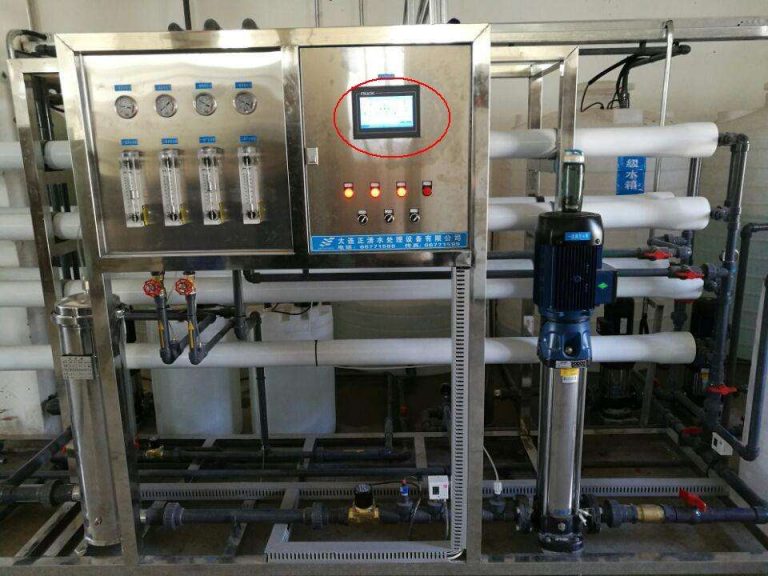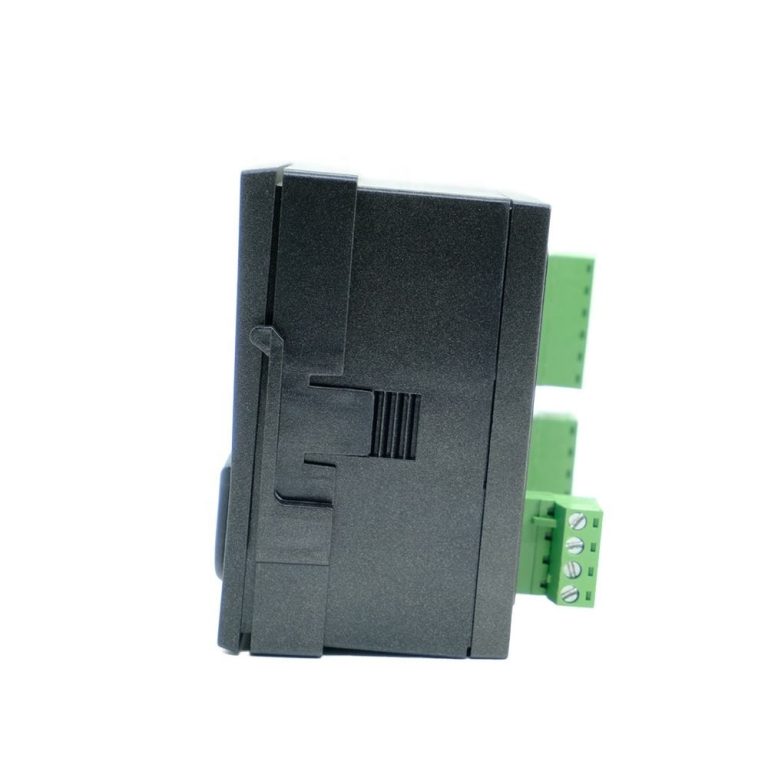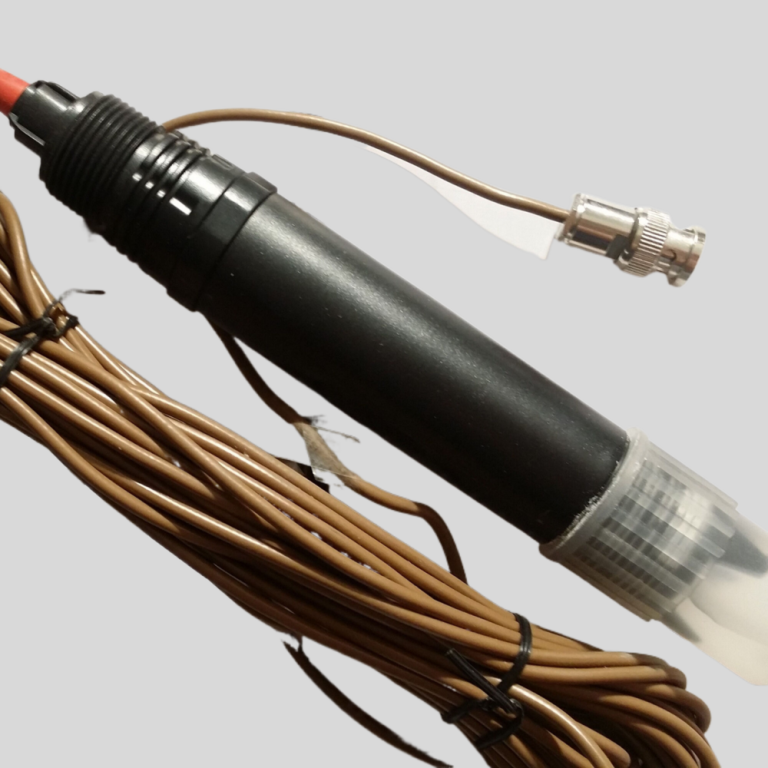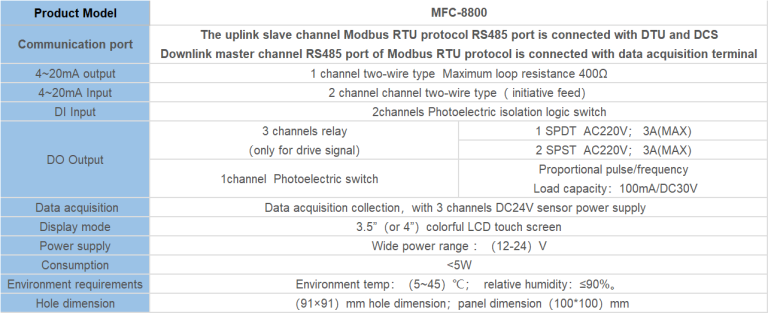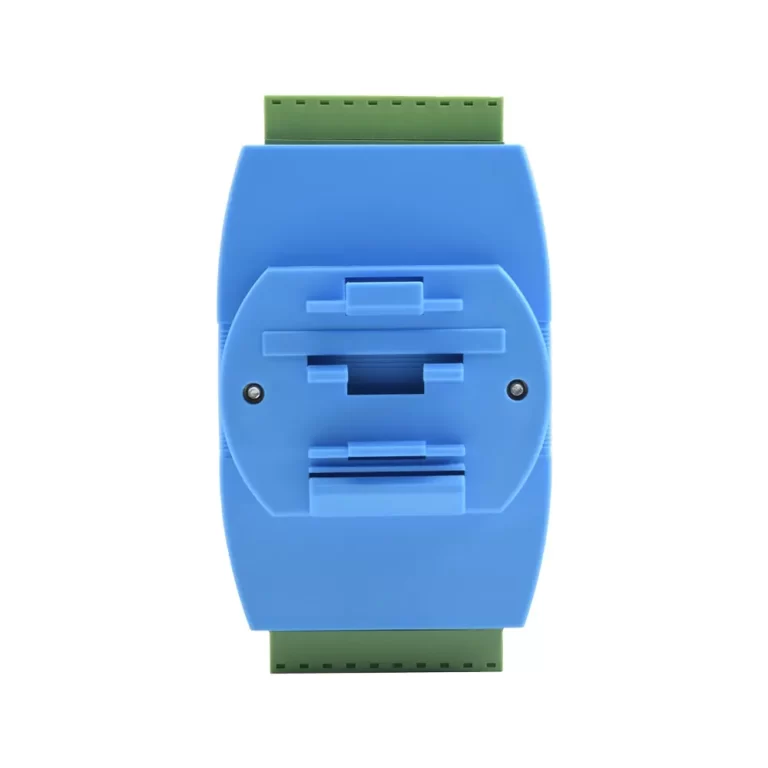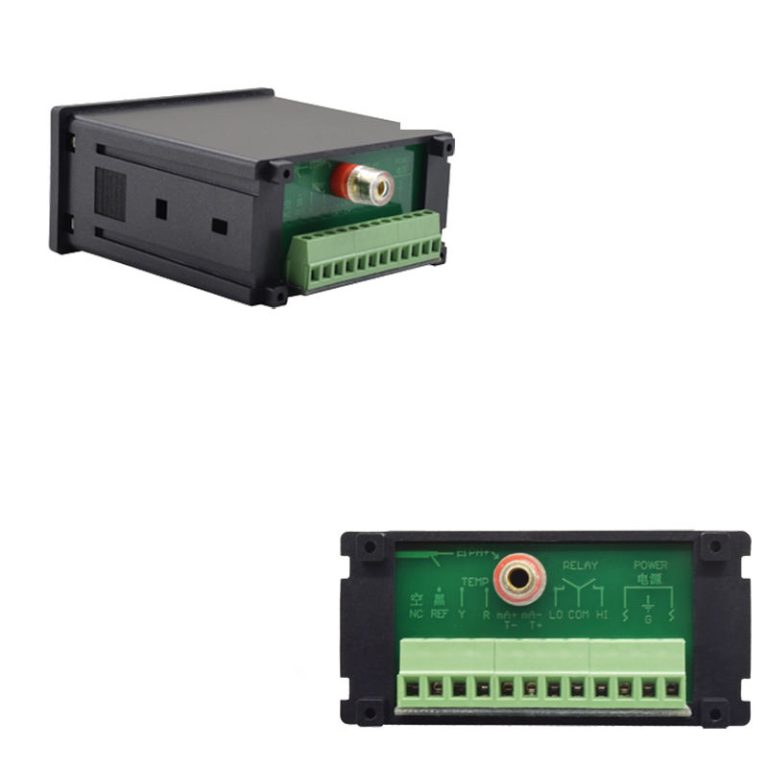Table of Contents
Advantages of Using Capacitive Flow Sensors in Industrial Applications
Capacitive flow sensors are a crucial component in many industrial applications, providing accurate and reliable measurements of fluid flow. These sensors work by detecting changes in capacitance as a fluid passes through a pipe or channel, allowing for precise monitoring and control of flow rates. In this article, we will explore the advantages of using capacitive flow sensors in industrial settings.
One of the primary advantages of capacitive flow sensors is their high level of accuracy. These sensors can detect even the smallest changes in flow rates, making them ideal for applications where precise measurements are essential. This level of accuracy allows for better control of processes and can help to optimize efficiency and reduce waste.

In addition to their accuracy, capacitive flow sensors are also highly reliable. These sensors are designed to withstand harsh industrial environments, including high temperatures, pressure, and corrosive substances. This durability ensures that the sensors will continue to provide accurate measurements over an extended period, reducing the need for frequent maintenance or replacement.
Another advantage of capacitive flow sensors is their versatility. These sensors can be used with a wide range of fluids, including liquids and gases, making them suitable for a variety of industrial applications. Whether measuring the flow of water in a cooling system or monitoring the flow of chemicals in a manufacturing process, capacitive flow sensors can provide the necessary data for effective control and optimization.
Capacitive flow sensors are also known for their fast response times. These sensors can quickly detect changes in flow rates, allowing for rapid adjustments to be made to maintain optimal conditions. This responsiveness is crucial in industries where real-time monitoring and control are essential for ensuring product quality and safety.
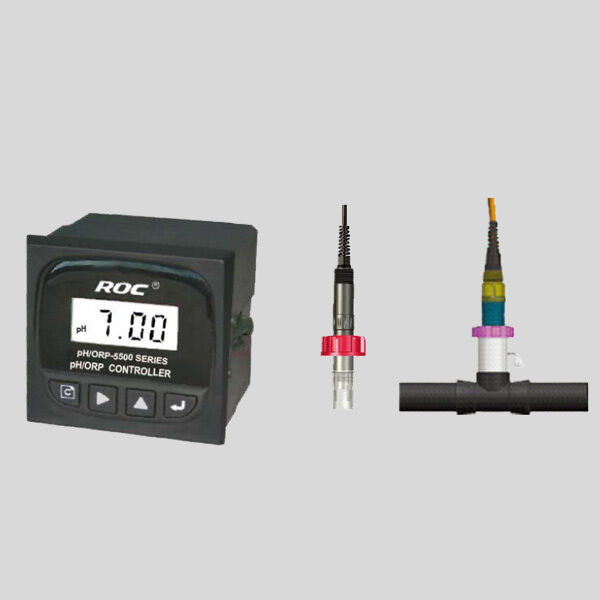
Furthermore, capacitive flow sensors are easy to install and integrate into existing systems. These sensors can be mounted directly onto pipes or channels, requiring minimal space and equipment for installation. Additionally, many capacitive flow sensors are designed to be compatible with common industrial communication protocols, making it simple to connect them to control systems for seamless integration.
In conclusion, capacitive flow sensors offer a range of advantages for industrial applications, including high accuracy, reliability, versatility, fast response times, ease of installation, and cost-effectiveness. These sensors play a crucial role in monitoring and controlling fluid flow in a variety of industries, helping to optimize processes, improve efficiency, and ensure product quality. With their advanced technology and proven performance, capacitive flow sensors are a valuable tool for any industrial operation seeking to enhance its control and monitoring capabilities.
How to Calibrate and Maintain Capacitive Flow Sensors for Accurate Measurements
Capacitive flow sensors are widely used in various industries to measure the flow rate of liquids and gases accurately. These sensors work based on the principle of capacitance, where the change in capacitance is proportional to the flow rate of the fluid passing through the sensor. To ensure accurate measurements, it is essential to calibrate and maintain capacitive flow sensors regularly.
Calibration is the process of adjusting the sensor to match the actual flow rate of the fluid. This is done by comparing the sensor’s output with a known reference standard. The calibration process involves adjusting the sensor’s sensitivity and zero offset to ensure accurate measurements. It is recommended to calibrate capacitive flow sensors at regular intervals to maintain their accuracy.
Before calibrating the sensor, it is essential to check for any physical damage or contamination that may affect its performance. Clean the sensor thoroughly using a suitable cleaning solution to remove any dirt or debris that may have accumulated on the sensor’s surface. Ensure that the sensor is properly installed and connected to the measuring system before proceeding with the calibration process.
To calibrate a capacitive flow sensor, you will need a calibration kit that includes a reference standard, a calibration software, and a calibration procedure. The calibration software allows you to adjust the sensor’s sensitivity and zero offset to match the reference standard. Follow the calibration procedure provided by the manufacturer to ensure accurate measurements.
During the calibration process, it is essential to record the sensor’s output at different flow rates and compare it with the reference standard. Make adjustments to the sensor’s sensitivity and zero offset as needed to match the reference standard. Repeat the calibration process until the sensor’s output matches the reference standard within an acceptable margin of error.
After calibrating the sensor, it is essential to perform a validation test to ensure that the sensor is accurately measuring the flow rate of the fluid. This involves passing a known flow rate through the sensor and comparing the sensor’s output with the expected value. Make any necessary adjustments to the sensor’s settings to improve its accuracy.
| Model | RM-220s/ER-510 resistivity controller |
| Range | 0-20uS/cm; 0-18.25MΩ |
| Accuracy | 2.0%(FS) |
| Temp. Comp. | Automatic temperature compensation based on 25℃ |
| Oper. Temp. | Normal 0~50℃; High temp 0~120℃ |
| Sensor | 0.01/0.02 cm-1 |
| Display | LCD Screen |
| Communication | ER-510:4-20mA output/RS485 |
| Output | ER-510:High/Low limit dual relay control |
| Power | AC 220V±10% 50/60Hz or AC 110V±10% 50/60Hz or DC24V/0.5A |
| Working Environment | Ambient temperature:0~50℃ |
| Relative humidity≤85% | |
| Dimensions | 48×96×100mm(H×W×L) |
| Hole Size | 45×92mm(H×W) |
| Installation Mode | Embedded |
In addition to calibration, it is essential to maintain capacitive flow sensors regularly to ensure their long-term performance. Regular maintenance includes cleaning the sensor, checking for any physical damage, and replacing any worn-out parts. It is also recommended to recalibrate the sensor periodically to maintain its accuracy.
To clean the sensor, use a suitable cleaning solution and a soft brush to remove any dirt or debris that may have accumulated on the sensor’s surface. Avoid using harsh chemicals or abrasive materials that may damage the sensor. Check for any physical damage, such as cracks or leaks, and replace any damaged parts to prevent inaccurate measurements.
In conclusion, calibrating and maintaining capacitive flow sensors is essential to ensure accurate measurements of flow rate. Regular calibration and maintenance help to improve the sensor’s accuracy and reliability, leading to better performance in various industrial applications. By following the recommended calibration and maintenance procedures, you can ensure that your capacitive flow sensor provides accurate measurements for years to come.
| Model | EC-810 Conductivity/resistivity controller |
| Range | 0-200/2000/4000/10000uS/cm |
| 0-20/200mS/cm 0-18.25MΩ | |
| Accuracy | Conductivity:1.5%; Resistivity:2.0%(FS) |
| Temp. Comp. | Automatic temperature compensation based on 25℃ |
| Oper. Temp. | Normal 0~50℃; High temp 0~120℃ |
| Sensor | 0.01/0.02/0.1/1.0/10.0cm-1 |
| Display | LCD Screen |
| Current Output | 4-20mA output/2-10V/1-5V |
| Output | High/Low limit dual relay control |
| Power | AC 220V±10% 50/60Hz or AC 110V±10% 50/60Hz or DC24V/0.5A |
| Working Environment | Ambient temperature:0~50℃ |
| Relative humidity≤85% | |
| Dimensions | 96×96×100mm(H×W×L) |
| Hole Size | 92×92mm(H×W) |
| Installation Mode | Embedded |

